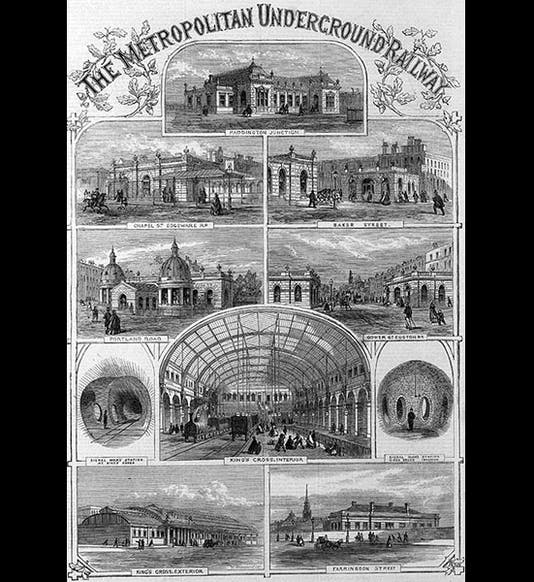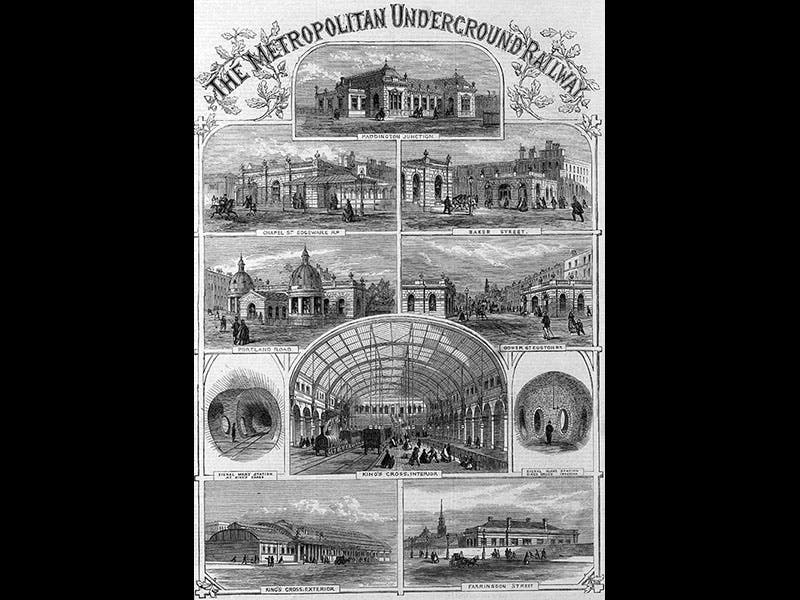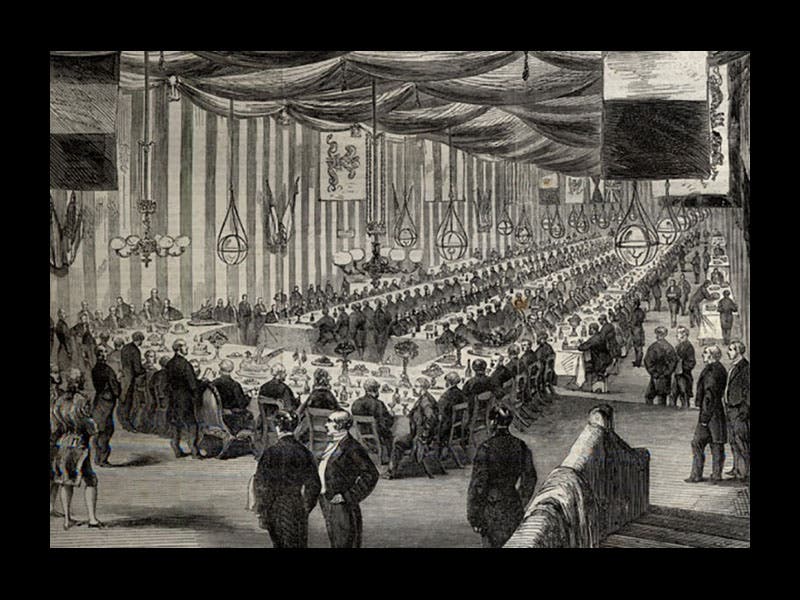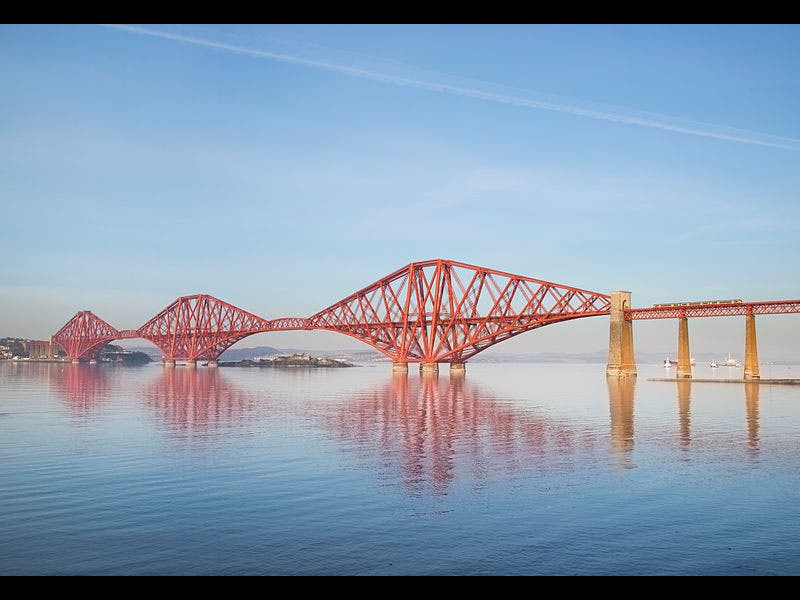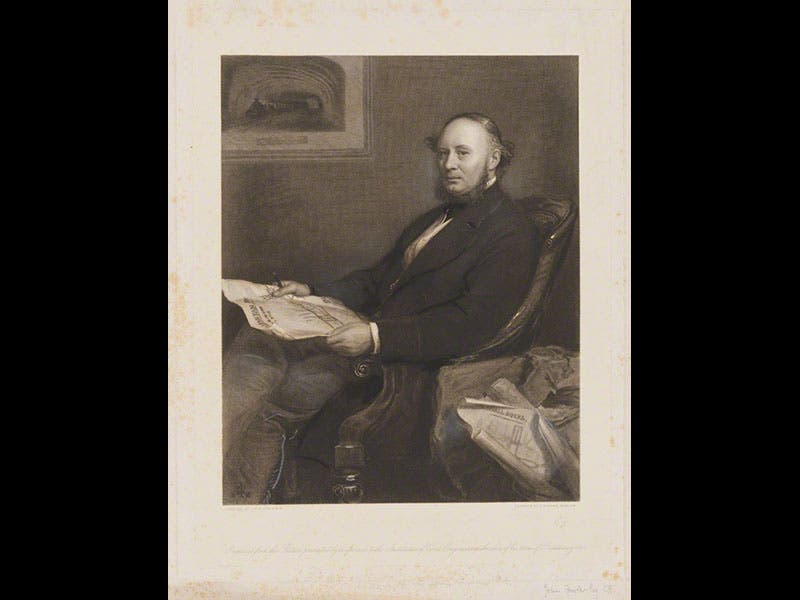Scientist of the Day - John Fowler
Sir John Fowler, an English civil engineer, was born July 15, 1817. Fowler is remembered today for two impressive engineering feats, separated by some 25 years. In 1858, Fowler was called upon to design and supervise the construction of the world's first subway, or underground, as it is known in most parts of the world. The Metropolitan Railway connected two points in London, Paddington Station and Farringdon Street, some 4 miles apart, and was opened in early 1863. The underground railway was built by what we now call the "cut-and-cover" method, although at the time there was no need for such a label, since that was the only method there was (second image). Except for extensions to the Metropolitan line, there would be no other subway in the world for over 30 years. The first image, which appeared in the Illustrated London News in late 1862, displays a composite of Metropolitan Railway features, including the two stations. The third image depicts a celebratory banquet held in Farringdon Station in 1863.
In 1881, Fowler collaborated with his assistant Benjamin Baker on the design of a railway bridge across the Firth of Forth in Scotland. We featured Baker as our Scientist of the Day on May 19, 2016, and we provided several images of the construction of this impressive bridge. We should have mentioned Fowler in that notice, for he was the senior member of the design engineering team and just as responsible as Baker for the ingenious cantilever design. This modern photograph of the Forth Bridge (fourth image) gives some idea of the scale of the bridge, for there is a tiny train entering at the right, and it is completely dwarfed by the three immense cantilever spans, which stretch 1700 feet between piers. It was for the success of the Forth Bridge that Baker was knighted in 1890 and Fowler was created a baronet.
The engraved portrait of Fowler (fifth image) can be found in the National Portrait Gallery.
Dr. William B. Ashworth, Jr., Consultant for the History of Science, Linda Hall Library and Associate Professor, Department of History, University of Missouri-Kansas City. Comments or corrections are welcome; please direct to ashworthw@umkc.edu.

